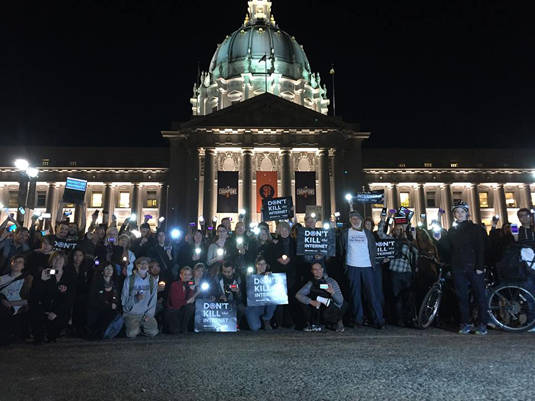This article is more than 1 year old
Net neutrality: How to spot an arts graduate in a tech debate
Sorry lawyers, but the Packet Pixie doesn't really exist
Get real, moonchild
As network expert Martin Geddes explains, the model and metaphor chosen by neutrality-watchers simply doesn't map onto their "reality":
"I hate to explain this to Stanford educated lawyers, but they all posit that there's a benevolent 'packet pixie' sitting in the middle of the network, intentionally trying to deliver internet packets. But there's no fairies, no Father Christmas, and no Packet Pixie."
He's referring to metaphors built on the idea of "best-effort" internet design - where packet delivery is not guaranteed.
"Best effort is a PR term not a technical term. When you think about it, there is no 'best' and there is no 'effort'. The word 'best' implies some attempt to be optimal. 'Effort' implies some intentionality. But there is no intentionality - it is all an emergent behaviour arising from statistical assumptions."
Activists and academics have constructed an alternative reality.
"They've invented something I call the LawyerNet", says Geddes. "The books and papers published by these lawyers are obsolete."

They're white and they're sure they're right:
A candlelight vigil for the imaginary Packet Pixie in San Francisco. (Where else?)
It's therefore impossible to detect "unfairness" taking place on an network, because the network is full of unintentional unfairness. "To them, it's full of pre-crime."
"There is a real world, and as far as we can tell there's just one real world and we all share the same one. It imposes constraints of physics and mathematics on us,” he explains.
"So If you're doing spectrum policy, it really helps to consult the physicists, so you make rules that are consistent with the constraints of Maxwell's wave equations. If you're doing broadband policy, it really helps to consult the stochasticians, so you make rules that are consistent with the constraints of packet-based statistical multiplexing," added Geddes.
"Stochastic" means it evolves over time in a non-deterministic way.
"Normal ISP services have no 'intentional semantics', which means that any behaviour is a legitimate one in normal operation, especially under load," he said.
"The whole 'neutrality' debate has been about the ‘fair' outcomes of this non-deterministic performance. This is, in the most literal sense, utter nonsense. It's mathematical wibble. There are words in lawyerly books, but they have no corresponding meaning in the physical world," he added.
"So 'unintentional unfairness’ is the norm, and the whole idea of ‘discrimination’ and ‘violations’ is that you can recover 'intentional unfairness’ from these patters. This is a mathematical fool's errand. It cannot be done, neither in principle or practice.”
So, since a neutral network can't exist, what should consumers be demanding? Geddes has an idea.
"Consumers should demand a Quality Floor – a network that 'says what it does and does what it says'. In mathematical terms you can measure ∆Q ("delta Q"), the probability distributions of loss and delay, and render that friendly for end-users," he explained.
"Currently, ISPs manage the floor through a mix of pricing, scheduling, and not taking on too many customers. You can't regulate the emergent performance above the floor, but you can regulate the floor."
In fact the Quality Floor looks like a politically useful way of resolving the regulatory impasse in Europe. Europe's uber-regulator BEREC, Geddes explains, has been captured by the "self righteous best-efforts people". A Quality Floor could be a face-saver both for the Neutrality activists (who then have a stick to beat the ISPs with) while it's something the ISPs can live with, just about.
For Geddes, a reading of history suggests that the theory has often lagged reality: we made commercial steam engines without fully understanding the properties of gases, and experimented with electricity long before Maxwell developed his theories of electro magnetism.
"We're just at the first stage of developing network theories, of mathematically modelling the networks," he says.
“We’ve built networks that share more fairly. We can build different kinds of networks that are designed to have predictable randomness and a quality floor, even under saturation, rather than non-determinism. There actually is a network God, and it's us." ®
Bootnote
Ofcom: Traffic Management Detection and Tools (PNSOL) (PDF, 5MB) – Slideshare version at LinkedIn
